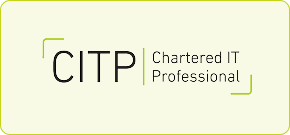CHARTERED IT PROFESSIONAL

CITP validates technical expertise and professional behaviours in the tech industry
SOFTWARE TESTING CERTIFICATION

Over 100,000 professionals worldwide are certified with BCS.
ESSENTIAL DIGITAL SKILLS

Improve your digital skills so you can get on in today's workplace.
ARTICLES, OPINION AND RESEARCH

The latest insights, ideas and perspectives.
CHARTERED IT PROFESSIONAL
STARTING YOUR IT CAREER
SOFTWARE TESTING CERTIFICATION
ESSENTIAL DIGITAL SKILLS
EVENTS CALENDAR
ARTICLES, OPINION AND RESEARCH
- Home /
- /
- Member communities /
- West Yorkshire branch /
- Past events
Who we are
You might also like:
Legal and privacy
Highlights
© 2025 BCS, The Chartered Institute for IT | England and Wales (No. 292786) and Scotland (No. SC051487)




